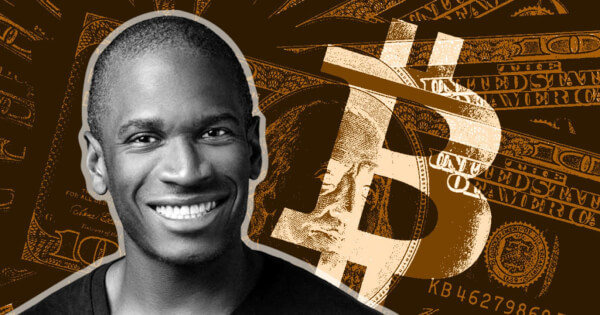Former BitMEX CEO Arthur Hayes Discusses Market Weakness and Banking Tricks
Jessie A Ellis Apr 09, 2024 07:33
BitMEX CEO Arthur Hayes has shared his views on the potential market weakness and banking tactics in a recent article on Medium. While emphasizing that his opinions should not be considered investment advice, Hayes provides insights into the macro setup and his analysis of the current market conditions.

Former BitMEX CEO Arthur Hayes has shared his views on the potential market weakness and banking tactics in a recent article on Medium. While emphasizing that his opinions should not be considered investment advice, Hayes provides insights into the macro setup and his analysis of the current market conditions.
Hayes begins the article by drawing an analogy between his ski experiences and his macro and crypto trading book. He reflects on the recent ski season in Hokkaido, where unexpected weather conditions impacted the quality of the snow. Similarly, he highlights that the unexpected favorable conditions in March, particularly the continuation of the bull run in cryptocurrencies, may not be repeated in April.
Moving on to the banking sector, Hayes discusses the Bank Term Funding Program (BTFP) that recently ended. He explains that despite its cancellation, non-Too-Big-to-Fail (TBTF) banks have not faced significant stress due to tricks employed by financial institutions. Hayes delves into the discount window, a facility utilized by central banks to provide funds to banks in need. He explains how troubled banks can tap into the discount window by pledging eligible securities, but highlights that the collateral terms are currently less attractive than the previous BTFP.
Furthermore, Hayes discusses the role of bank capital requirements and their impact on the banking system. He explains that banks often prefer to purchase government bonds over lending to businesses and individuals due to the regulatory framework. Basel III, the set of rules introduced after the 2008 Global Financial Crisis, aimed to create a more resilient banking system. However, Hayes points out that these requirements have proven problematic during times of stress, and the Fed has allowed banks to hold U.S. Treasuries without collateral backing during market crashes.
In conclusion, Hayes suggests that April may experience extreme weakness in risky asset markets. While he does not outrightly short the market, he has closed several positions in lower-quality cryptocurrencies. He plans to remain in a no-trade zone until May, when he hopes to deploy his dry powder and position himself for the beginning of a new bull market.
Image source: Shutterstock.jpg)

